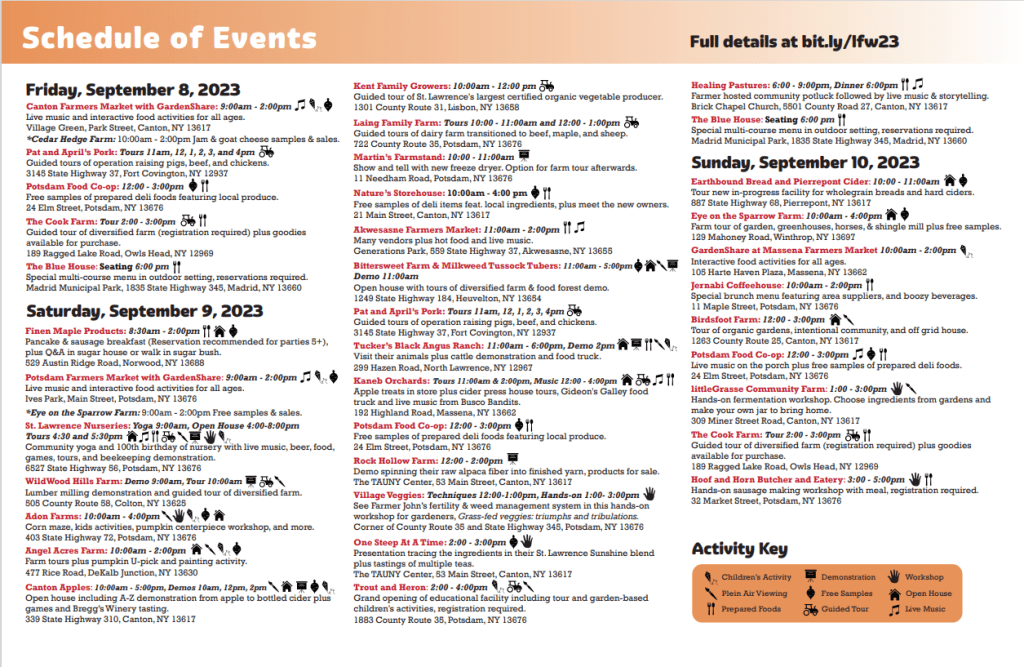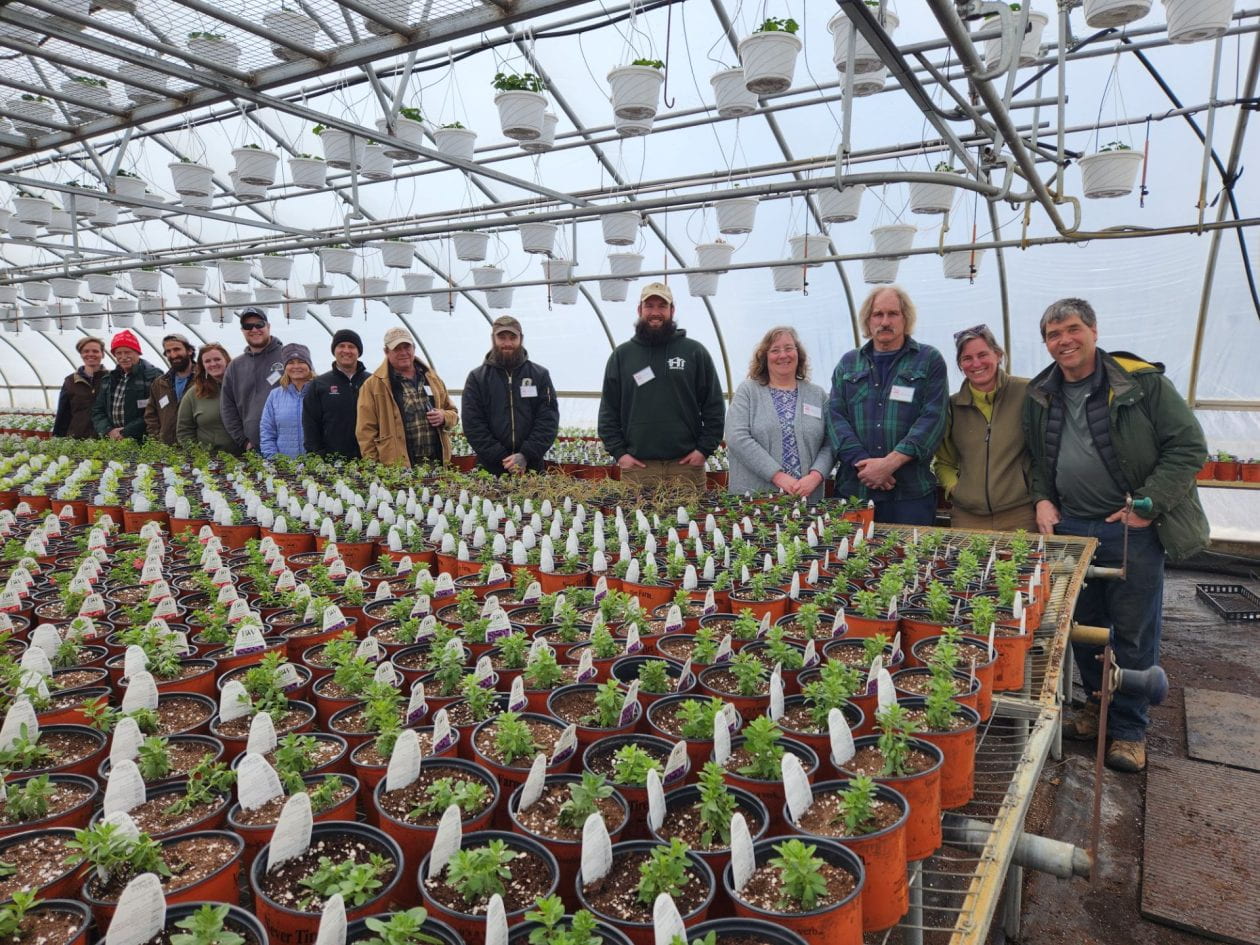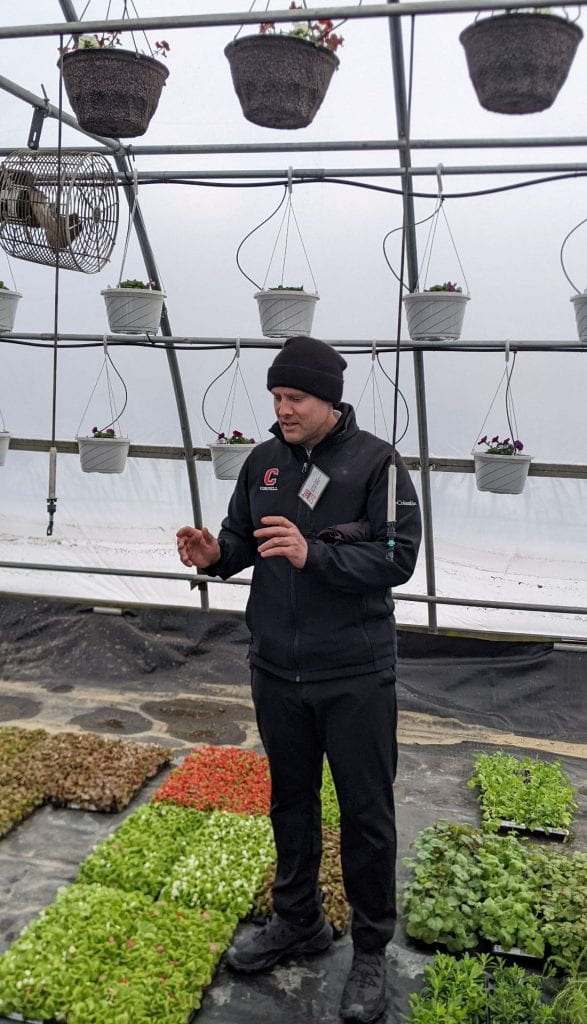Local Foods Weekend is fast approaching! While it may seem like “just another fall weekend,” in fact it’s a uniquely curated extravaganza with an incredible range of experiences into the farms and food system of the region. Over 30 public events hosted by food producers and businesses participating in Local Foods Weekend on September 8, 9, 10 offer you a chance to connect with and visit one or multiple locations. Here’s 6 tips to create a memorable weekend.
1. Discover different event activities
With so many options to choose from, we don’t want you to feel overwhelmed to plan your Local Foods Weekend experience. Think about what you’d like to see or do. Do you have a big family and want to find children’s activities? Is eating great local food a top priority? Do you love hands-on learning? Each business event is categorized by “activity type,” and many events are associated with multiple types. The 9 different categories of activity types include:
- Children’s Activities
- Demonstration
- Free Samples
- Guided Tours
- Live Music
- Open House
- Plein Air Viewing
- Prepared Foods
- Workshop
You can look for the activity types in the brochure found on the website here and check out the activity icons next to each event listing. These listings are also organized by day and time in the brochure, which can help narrow down events to attend.





